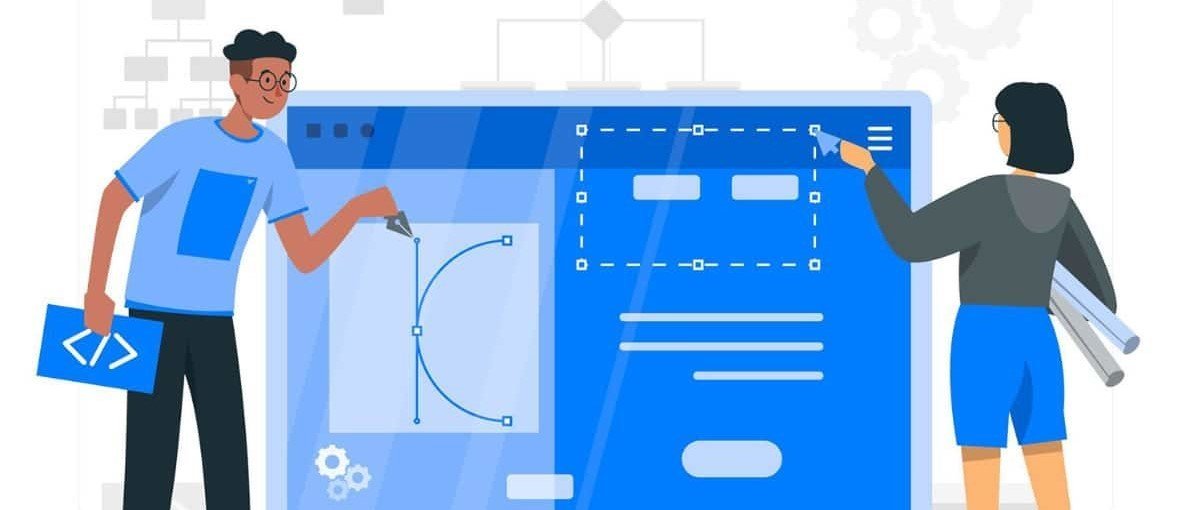Your website is a way for your customers to interact with your brand. Therefore, it becomes essential that this is an ideal experience for the visitor. Imagine this: you are browsing a website and you come across a poorly structured website. Will you make an effort to search for the information you need? Or will you bounce? Chances are you will bounce and find a much better-looking website. The important thing to understand is that time is valuable – and you cannot waste it searching for information on a poorly design website. This is where web design for users comes into the picture as user experience must be a top priority.
Having a user-friendly website design means having a website with great calls to action, mobile responsiveness, easy navigation, optimization, and so on. When you give your potential customers an unforgettable usability experience, they come back for more business.
Make Your User-Friendly Website
It is reported that 79% of people simply give up on websites that are not optimized for convenient usage Creating a website for business or any other purpose, the last thing you want is visitors leaving you after only a few seconds never to come back again. – Ning
Planning Website Architecture:

Like everything else, a good website design needs planning. You should be clear about the structure and architecture of your website from the beginning. A great way to do this is by creating a prototype or a rough blueprint. All you have to do is think from the point of view of the visitor and accordingly design your website. Alternatively, you can also choose from a range of website builders to create an effective website.
Did you know that 79% of people give up on websites and bounce if they are not optimized for convenient usage?
Choosing the Website Design specifics
Once you have planned your architecture, it is now time to delve into the specifics of your website. An appropriate color scheme goes a long way. The colors you choose should be easy on the eyes and should make your content readable. Try and use the same color scheme design for all your pages. Furthermore, have effective headers and footers. Get a Clean design easy to navigate and should not have a high loading time.
Easy Navigation:
A great way to achieve this is through a navigation bar, multi-level navigation, or utility navigation. It directly influences the kind of experience internet users will have. Navigation simple with separate user menus, site menus, and footer menu is recommended. Easy navigation leaves a better impression on the minds of satisfied users. Some ways to achieve this is through the use of an easily accessible search tool that will let your users find information by using keywords, having different ways to browse content such as filters and sorting, accurate product classification, and categories that make it easy for the visitor to find the product they are looking for with ease, and so on.
Also Read: How To Manage A Sustainable Online Community
Loading Speed and Mobile Responsiveness:

This is a no-brainer. Your website should be optimized for speed. Users are not going to sit around and wait for your website to load. Your bounce rate is heavily influenced by the loading speed of your website. This can be done by making your website lightweight. Different tools to optimize your images and compressing them without compromising on the quality.
You would be surprised to know that 40% of people leave a website unless it loads within three seconds! You can understand how important the loading speed of a page is!
Another important aspect is mobile responsiveness. Your website should be optimized for mobile usage with separate mobile navigation options to prevent overcrowding. A huge chunk of your audience is browsing on their mobile device – and your website should be ready for mobile users. In short, your website should work flawlessly on all kinds of user devices – big or small. Modern mobile themes are coded with javascript. Web developers and designers must have knowledge of the latest technologies for projects to be ahead of the competition.
Formatting:
If you have great content but your content is not formatted properly and confusing visitors, you are going to lose your standard. First of all, your website should include diverse content such as write-ups and blogs, images, videos in balance.
Here are some ways to ensure proper formatting:
- Avoid huge chunks of information in one place and clear the button.
- Use numbered and bulleted lists to make reading easier for your audience.
- Don’t be afraid to use bold font or italics whenever necessary.
- Use images and other visual media for more engaging content.
- Advertisements: This is yet another important aspect. While it is great to introduce advertisements on your website, try not to overdo it. Using too many ads, pop-ups, and other things distract the user and they may prefer to bounce. They tend to give your users a negative user experience. Advertisement locations are crucial for your website economy, but like everything else, use them in moderation.
Also Read: Best WooCommerce Apps For Your Online Store
- Forms: If you want your users to register on your website, you have to give them an easy way to do so. Long and difficult to fill forms are one of the many reasons why a visitor may abandon your website and bounce. You should aim to make your forms more approachable for the reader. You can do this by using appropriate titles, showing confirmation messages, and adding simple validation tools.
- Engagement: Engagement is crucial for any website. That is why you should give your readers an option to connect with you. One way to do this is by linking your social media accounts and optimize content for search engines. If you are trying to build a community, you can give your users an option to comment and share their suggestions with you in the comment box. You can also give them other means to contact you. All this makes your visitor heard, improve usability and feel valued.
If you want to know more, here is a helpful blog that focuses on how to keep your visitors hooked on your site!
Conclusion of User-Friendly Website:
While all this may seem overwhelming, building a user-friendly website is not that difficult at all. All you have to do is put yourself in the shoes of the visitor. Your main objective should be to aid your user in finding necessary information in a fast and easy manner. When your user can find relevant data with ease, they are more likely to stay around and browse. Remember: simplicity is the way.
Feel free to ask your questions. Thank you for reading and all the best!
Interesting Read:
Planning to Launch a Multi-vendor eCommerce marketplace? Here is Your Go-to Guide







